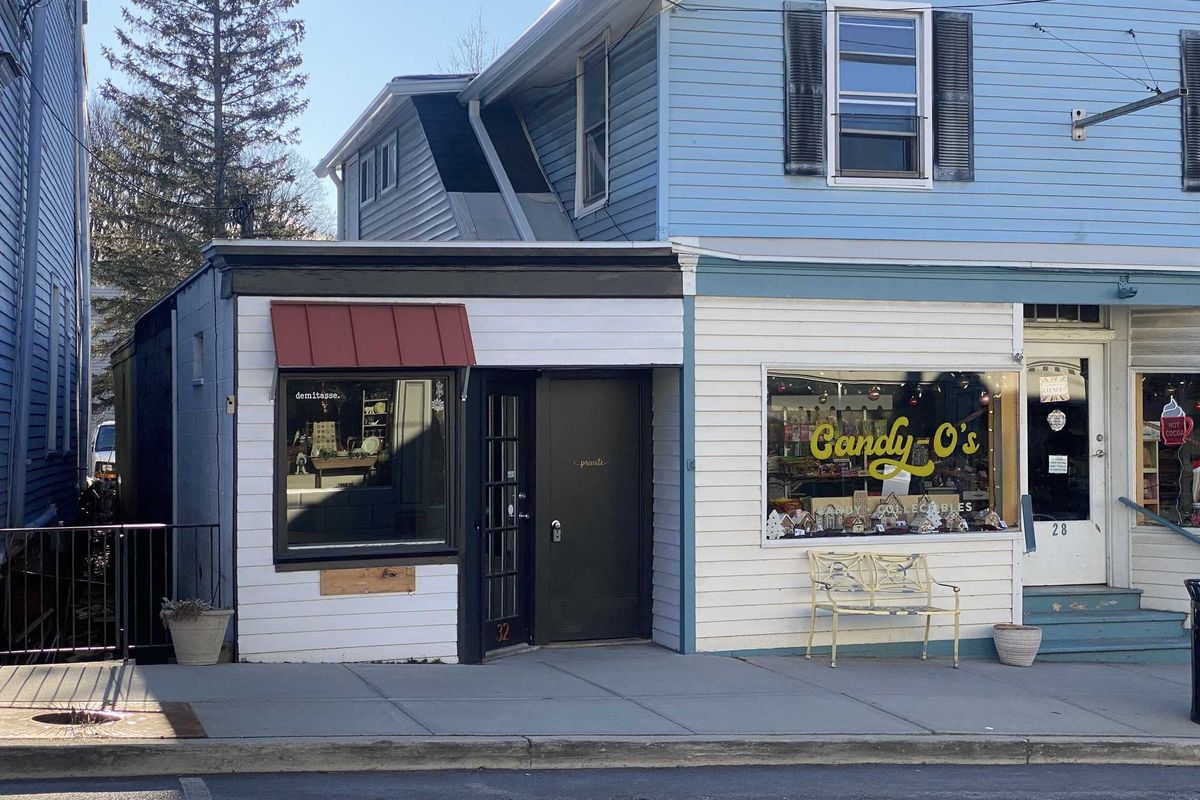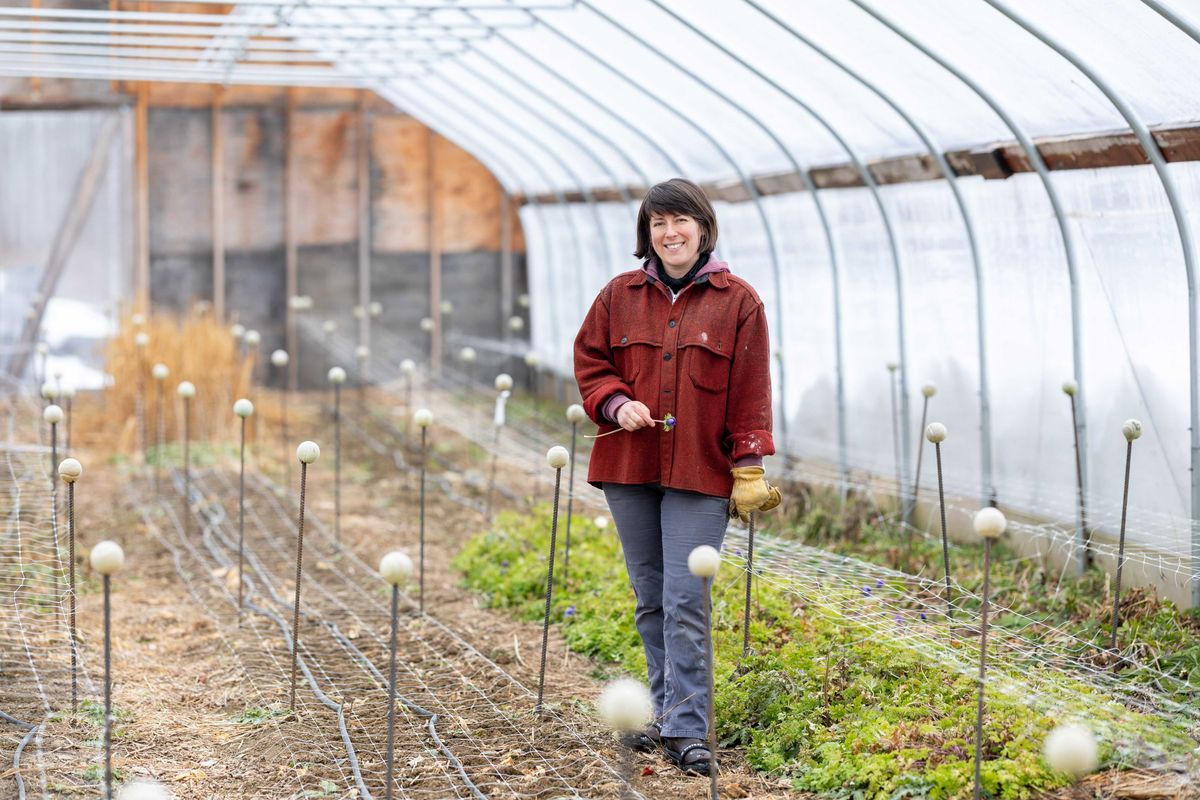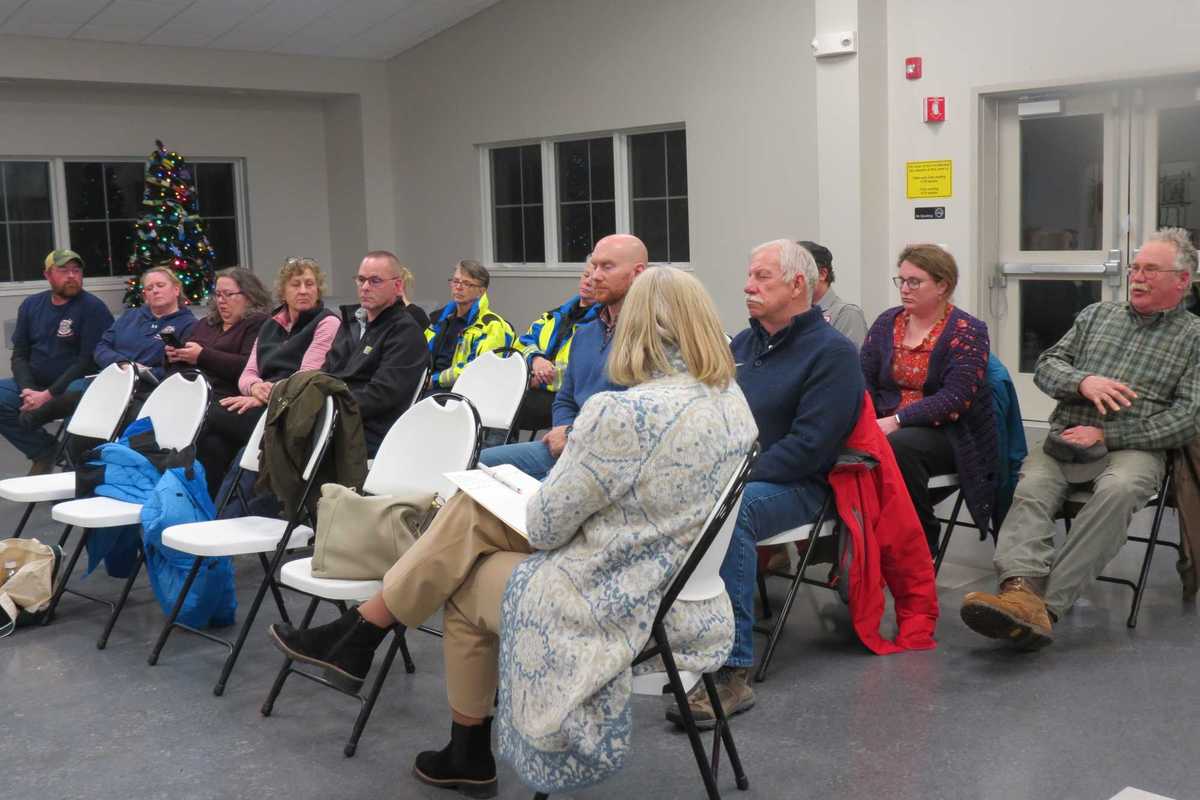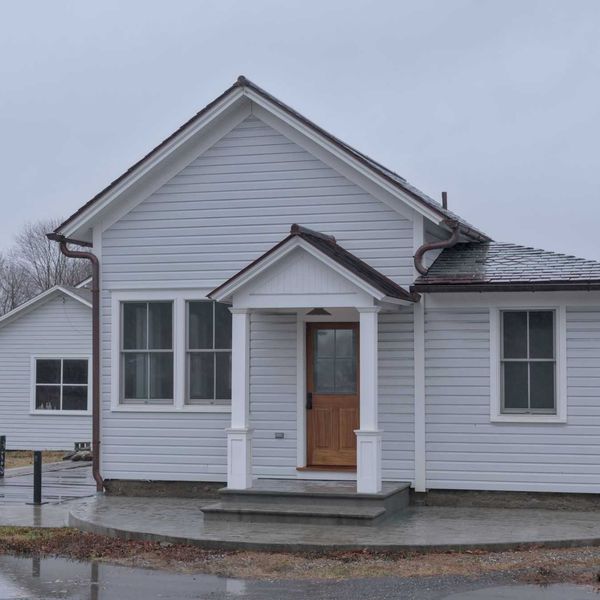Spring ramps, chicks, birds and cows in mud
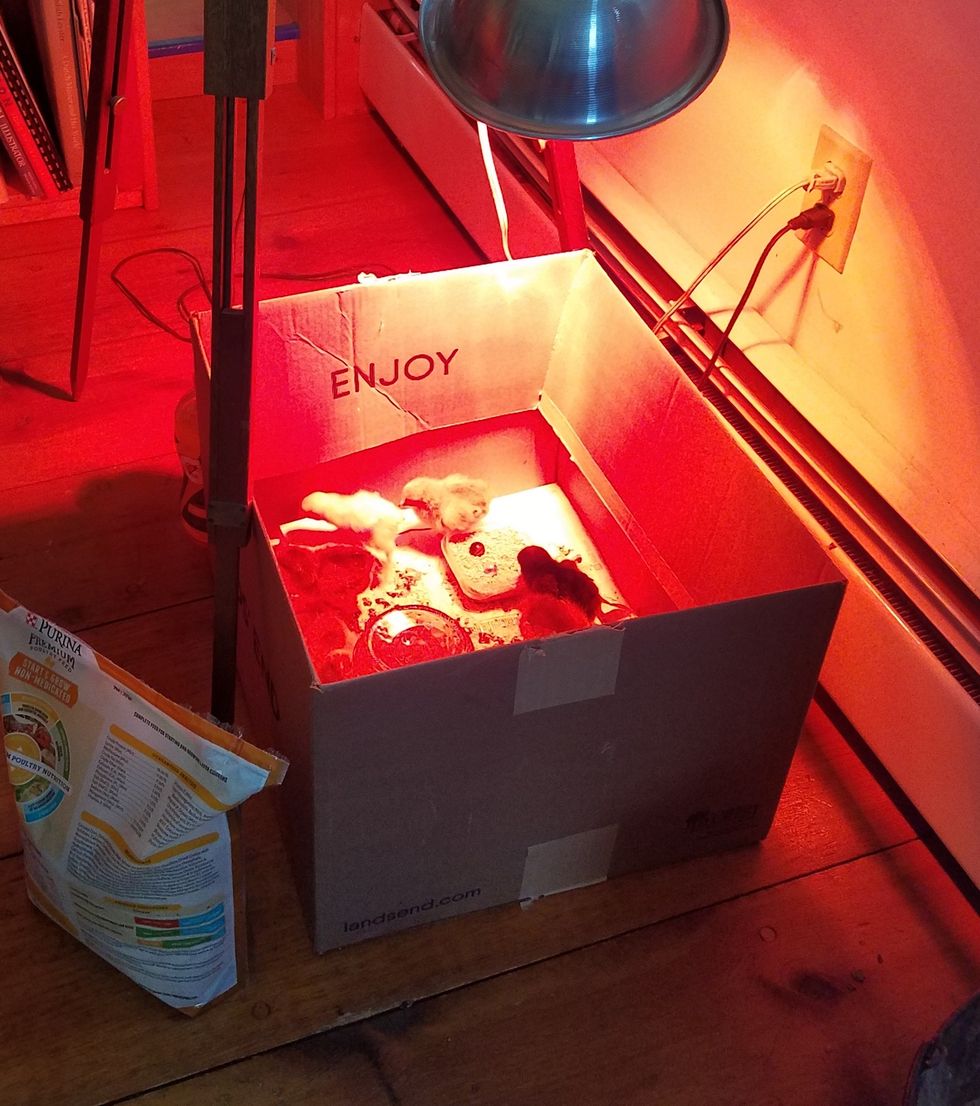
Tilly Strauss had the foresight to order her baby chicks ahead of time. They arrived by mail a week or so ago and are now getting stronger in a little box in her living room.
Photo by Tilly Strauss


